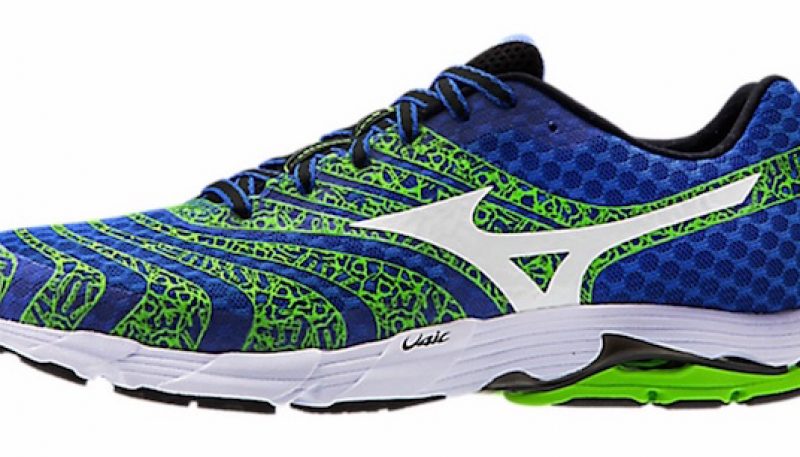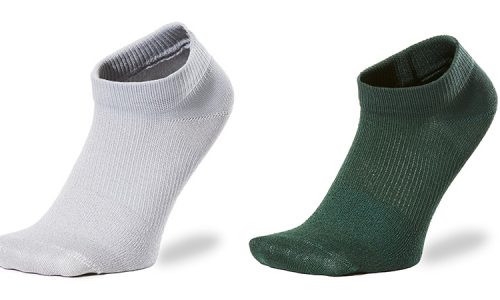Home » Gear Reviews » Running » Running Shoes » Mizuno Wave Sayonara 2 (Men’s)
Mizuno Wave Sayonara 2 (Men’s) Review
March 31, 2015
 77
77 The Good
- Good cushioning with low stack height in forefoot
- Increased width in toe box eliminates snugness
- Improved ventilation and flexibility in upper
- Lightweight
The Bad
- Minimal flexibility underfoot
- Midsole very firm and not highly responsive
- Stiff rearfoot upper
The Wave Sayonara 2 seems like a niche shoe; its low profile, light weight and roomy toe box will be attractive to minimalist runners, but its large heel-toe drop and extreme stiffness limit natural foot motion significantly. The shoe might appeal to fans of structured shoes looking for a light race-day option.
Mizuno didn’t change a whole lot on the Sayonara 2, which is good news if you like the original. The primary difference is a softer, more breathable upper and a more resilient sock-liner compared to the original. From the midsole down, the model is unchanged, including the plastic wave-shaped “speed plate” between midsole and outsole.
Fit
A traditional lacing system keeps the midfoot and forefoot very secure. Fit around the heel is snug, and the sock-liner wraps the midfoot and forefoot areas comfortably.
Comfort
The rounded toe box minimizes chafing on high-mileage outings. Although material construction of the upper is more lightweight, a significant portion is still covered by overlays in the forefoot and midfoot. Breathability on this model is better than its predecessor, but there is still a lot of room for improvement.
Stability
Outsole rubber, in the heel and lateral forefoot, is adequate for asphalt or track surfaces, but the grippiest area of the outsole is the central and medial forefoot, where a network of small, high-durability lugs provide a strong push-off for fast running. This feature is particularly handy when rounding the curve of a track.
Smoothness
A plastic wave-form speed plate is intended to transition your foot from heel to toe during stance phase; in our testing, its primary consequence was to add unwanted stiffness and firmness underfoot. There is no flexibility through the rearfoot and very little in the forefoot.
Speed and agility
The weight is wonderful, fit is solid, and stability is decent, but the combination of firm midsole and stiff plastic plate make the runner do all the work, in order to run fast in the Sayonara 2.
Responsiveness
Heeluxe, our shoe testing laboratory partner, tests the responsiveness of a shoe by measuring how thick a running shoe is and multiplying it by how much pressure the forefoot foot feels while running. The softer or thicker the midsole, the less responsive a shoe will feel, but the more comfortable the shoe will generally feel. The thinner or firmer a midsole is, the more power you’ll feel at toe-off.

















